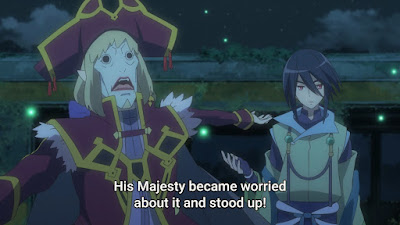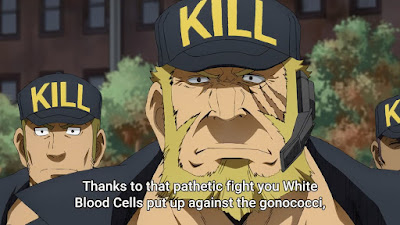Hi-Fi Rush is a rhythm action game with a Saturday morning cartoon look. It’s oozing with style and being a rhythm game, music plays a large role in it. It stars Chai, who dreams of being a rock star. He participates in an experiment and ends up getting a robot arm. This was what was supposed to happen but what was an accident, however, and which had him branded as a defect, was the music player that got embedded into his chest. This “defect” allowed him to feel the beat of the world, giving him some cool abilities, such as magnetically attracting pieces of scrap metal to form an electric guitar as his weapon.
The combat is a big part of the game, and this is where the rhythm aspect lies. There is a light and heavy attack. Light attacks take up one beat while heavy attacks take up two beats. It’s a combo-based game and the combos will always hit on the beat. If you time your button presses with the beat, they’ll do extra damage. At the end of the combo is another prompt for additional damage if you get it right. It’s easy to get into and in addition to the basic combos, Chai has access to a special attack and the usual tricks of dodging, jumping and assist attacks.
There are different types of enemies with new ones being constantly introduced. They act as good tutorials for Chai’s abilities. Soon after the basic robots you’ll encounter ones that are stronger, while others have shields, some are flying, and some have ranged attacks. After one-on-one encounters, of course the game will then mix them up together in the same encounter and battles can become chaotic. You’re graded during each battle and that’s determined by how accurate your timing is and how long it took you to clear it. battles take place in an arena so you can always tell when a battle is coming up during your exploration.
The other big part of the game is the platforming. The game is linear, which is not a downside. This keeps up the pacing and allows the gameplay and level design to be tight. However, the jumping is not the best. Chai seems to lose height much too fast after a jump. This makes Chai feel heavy and may cause you to drop to your death multiple times as you try and get the hang of things. Luckily, the game is forgiving. If you fail to reach a platform, then you will spawn right before it with a little bit less health. If you die in a boss fight, you’ll respawn with full health at the stage of the boss that you died in, so you don’t have to repeat all the stages from the very beginning.
If you struggle with timing your attacks with the beat, there are some visual cues to assist you. A lot of the objects in the environment will move or flash with the beat. Chai gets a permanent companion that flashes in time with the beat. If worst comes to worst, you can permanently set a visual bar at the bottom of the screen to help. The music is generally solid, but it truly shines in some of the latter boss battles. When you realise that actions are in sync with the beat, it’s an amazing experience. Scattered around in the environment are gears which is the currency of the game. These are used to upgrade Chai’s health, abilities, and new combos to use.
The game revels in its silliness. This is a positive as combined with everything else, you’ll be constantly smiling and chuckling throughout the whole game, having a good time. It likes to poke fun at itself and in game development in general with its self-aware remarks. That said, it feels like that the developers put in most of their effort into the first half of the game. The second half by comparison felt lazier, where levels are shorter, the level designs not being as fleshed out, and then just dragging out certain elements so that it can feel repetitive. You can’t help but smile when a boss battle begins and a truly absurd develop happens. Then you’re let down when the boss battle is dragged out to be two or three times longer than it should so that it feels like a chore by the time you’re not even halfway through it.
The game takes around ten to twelve hours to finish the twelve levels. The game is quite easy on normal difficulty, although the final boss might give you a little bit of trouble in their later phases. After the story, you’ll unlock a few things including a harder difficulty and chapter unlock. You can run through the stages again to go through paths that were locked to you before. There’s also a battle gauntlet where you fight waves of enemies to obtain a high score. None of these things are revolutionary but it is something to continue with if you wish.
Overall, Hi-Fi Rush is a fantastic game. It’s the type of game that you would not expect from the developers or publishers since it is so different to what they have put out before. However, this experiment has been a success. It mixes the rhythm gameplay with the action combat surprisingly well. While Chai can be initially annoying with his typical gung-ho attitude, he’s still likable and fits in well with the style of the game and the tone that they were going for.























































